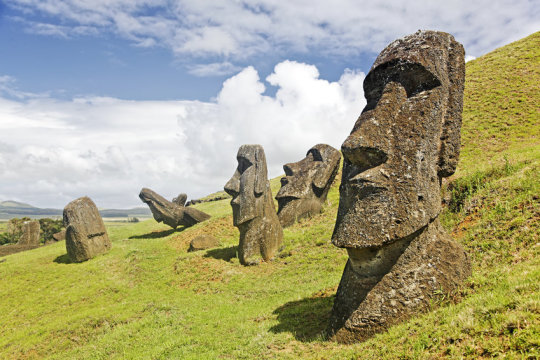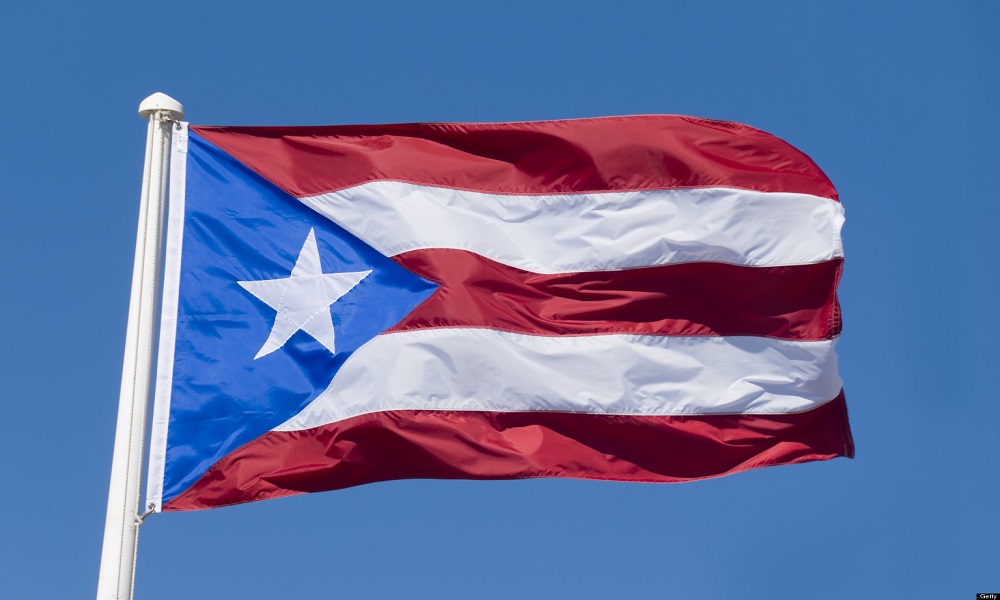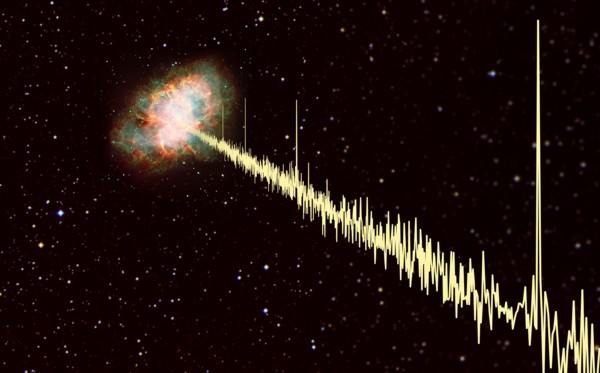
Easter Island mystery water: inhabitants collected freshwater.
IT’S a fascinating sight that has long baffled experts, but new research is finally shedding light on Easter Island’s most perplexing mystery.
Famously, there are approximately 900 statues, or moai, located around the remote Pacific island, known to locals as Rapa Nui. Most are found around the coast, and were built sometime between the years 1200 and 1600.
So why, and how, did they end up there?
Researchers from New York’s Binghamton University are suggesting that the lost civilisation used the iconic statues to signal locations where fresh water was available.
Carl Lipo, an anthropologist who has been looking into how the local Rapa Nui people were able to survive with such limited access to drinking water, led a team who conducted field studies of groundwater around the coast.
He wondered how, with no springs or streams and very little rainfall, did the civilisation of approximately 15,000-20,000 people survive?
According to the research, published in the Hydrogeology Journal, they were forced to rely on brackish groundwater — which is saltier than fresh water but not as salty as sea water — found in coastal areas, for their source of drinking water.
“Two field surveys indicate abundant locations of brackish but potable water along the coastline,” the study states.
“Although coastal groundwater sources are of poor quality, they were apparently sufficient to support the population and allow them to build the magnificent statues for which Easter Island is famous.”
The statues, believed to be of religious and political significance, can stand up to 9m high.
“Now that we know more about the location of fresh water, however, the location of these monuments and other features makes tremendous sense: they are positioned where fresh water is immediately available,” Dr Lipo said.
“Fortunately, water beneath the ground flows downhill and ultimately exits the ground directly at the point at which the porous subterranean rock meets the ocean.
“When tides are low, this results in the flow of freshwater directly into the sea. Humans can thus take advantage of these sources of freshwater by capturing the water at these points.”
The researchers now aim to further explore the link between the location of the moai and the accessibility to drinking water, which remains a key piece of the puzzle when figuring out what happened to the lost civilisation, and how they build the statues.
It’s believed the Rapa Nui people met their demise upon the arrival of European explorers, with many succumbing to disease.
Early accounts of the island described the people appearing to “drink seawater”. It’s believed this may be referring to groundwater discharge.
“This information ultimately sheds light on the conditions that drove and enabled these communities to work together to achieve their feats of engineering,” Dr Lipo said.
“By gaining knowledge about community-scale behaviour, we can gain insights into the general conditions necessary for group-level co-operation — whether in the past or in contemporary society.”
He said they are now “tantalisingly close” to putting together all pieces of the island’s puzzle.













